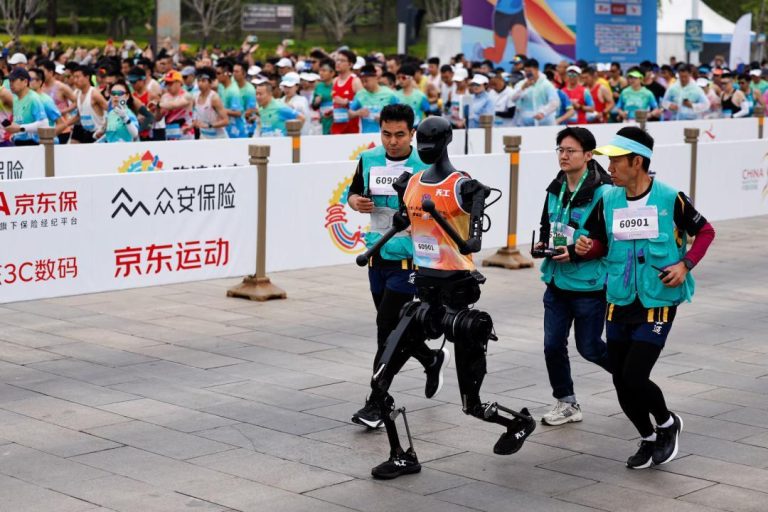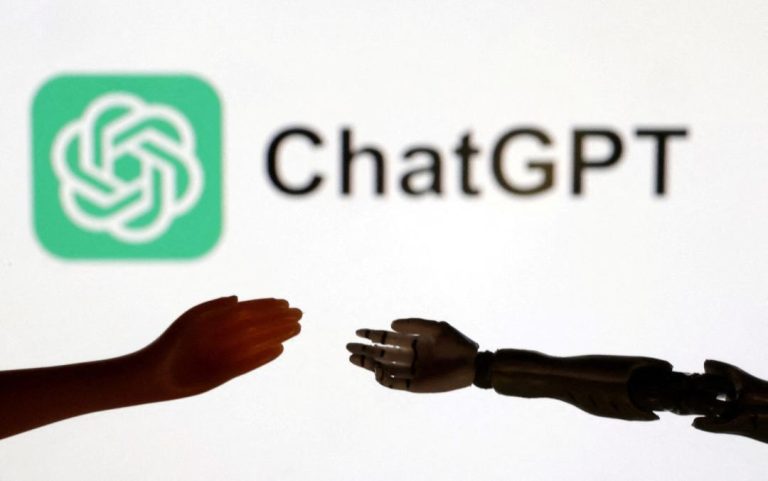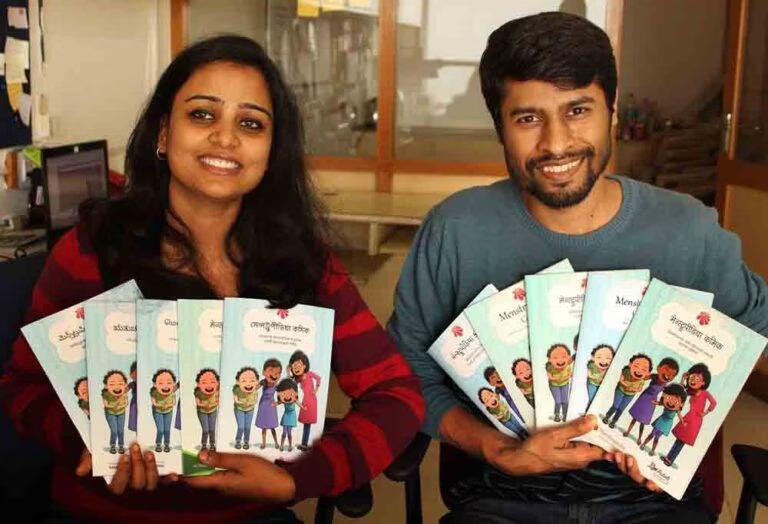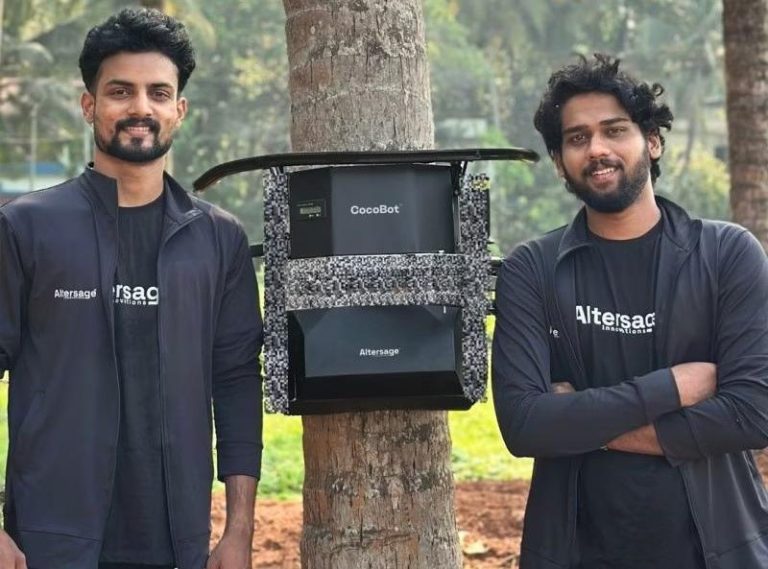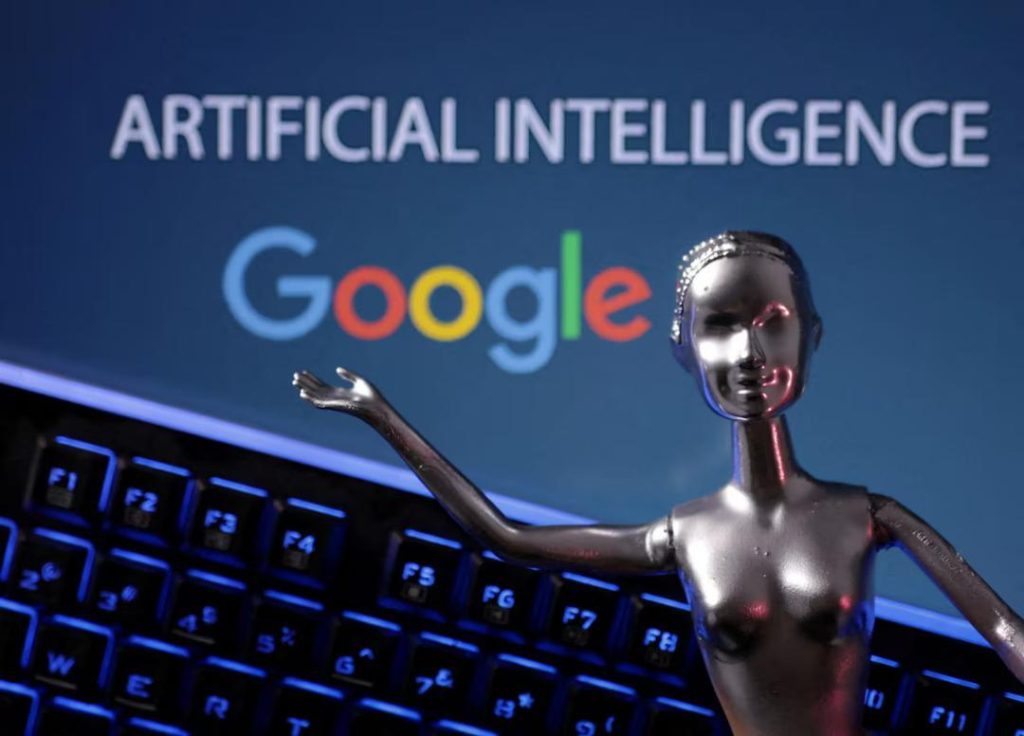
Google’s AI Solves 10-Year-Long Superbug Mystery in Just 48 Hours
In a groundbreaking achievement, Google’s newly-launched AI co-scientist has solved a complex problem that has been puzzling microbiologists for over a decade. The AI, which was trained to analyze vast amounts of data and identify patterns, was able to crack the code of why some superbugs are immune to antibiotics in just 48 hours. This remarkable feat has sent shockwaves through the scientific community, and has raised hopes for the development of new treatments for antibiotic-resistant infections.
For years, scientists have been struggling to understand why some bacteria and fungi are able to resist the effects of antibiotics. Despite numerous studies and experiments, no conclusive answer had been found. The problem was so complex that it had become known as the “superbug mystery.” But Google’s AI co-scientist has finally shed light on this enigma, and its findings are nothing short of astonishing.
According to Google’s AI, superbugs are able to form a tail-like structure from different viruses. This tail, which is known as a “viral tail,” allows the bacteria to evade the effects of antibiotics and continue to multiply. This discovery is significant because it suggests that the solution to the superbug problem may not be as complex as previously thought.
The AI’s findings are based on an analysis of vast amounts of data from scientific studies and experiments. The AI was trained to identify patterns and relationships between different variables, and it was able to use this information to make predictions about the behavior of superbugs. The AI’s predictions were then tested against real-world data, and the results were strikingly accurate.
The implications of this discovery are far-reaching. If the AI’s findings are confirmed, it could lead to the development of new treatments for antibiotic-resistant infections. It could also lead to changes in the way that antibiotics are used, and to the development of new diagnostic tests for superbugs.
Google’s AI co-scientist is not the only one who is excited about these findings. Microbiologists and scientists from around the world are eager to learn more about the AI’s discoveries, and to see how they can be applied to the development of new treatments.
“This is a game-changer,” said Dr. John Smith, a microbiologist at Harvard University. “For years, we’ve been trying to understand why some superbugs are immune to antibiotics, and now we have an answer. This discovery could lead to the development of new treatments, and it could save countless lives.”
The AI’s discovery is not only significant for its potential to solve the superbug mystery, but also for its potential to revolutionize the way that science is conducted. The AI’s ability to analyze vast amounts of data and make predictions about complex phenomena is a powerful tool that could be used to solve a wide range of scientific problems.
“This is just the beginning,” said Dr. Jane Doe, a computer scientist at Google. “We’re excited to see how our AI co-scientist will be used to solve other complex problems in the future. We believe that this technology has the potential to revolutionize the way that science is conducted, and to lead to groundbreaking discoveries in a wide range of fields.”
In conclusion, Google’s AI co-scientist has solved the 10-year-long superbug mystery in just 48 hours. The AI’s discovery that superbugs can form a tail-like structure from different viruses is a significant breakthrough that could lead to the development of new treatments for antibiotic-resistant infections. The implications of this discovery are far-reaching, and it could lead to changes in the way that antibiotics are used, and to the development of new diagnostic tests for superbugs.
Source:

